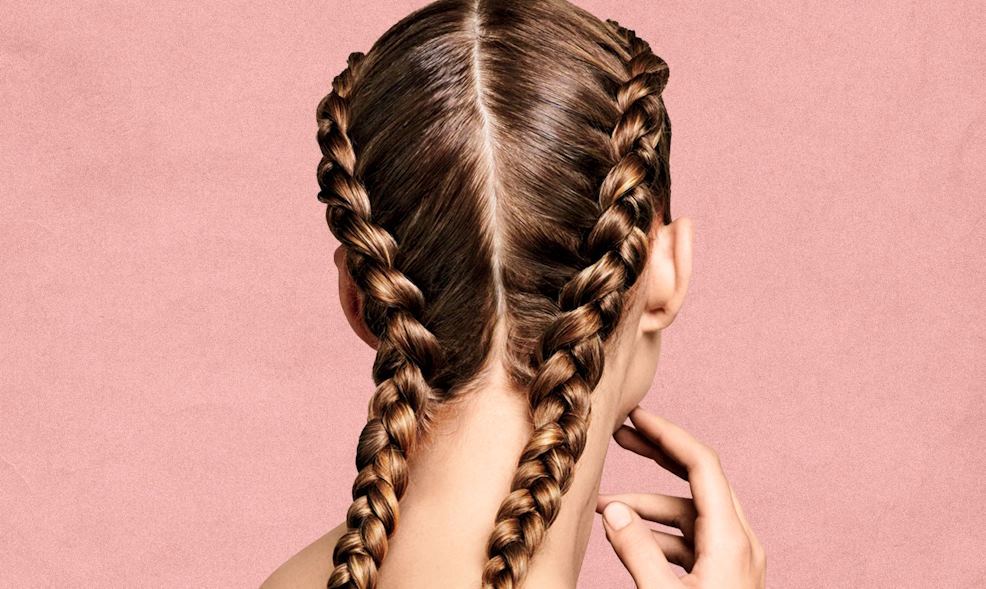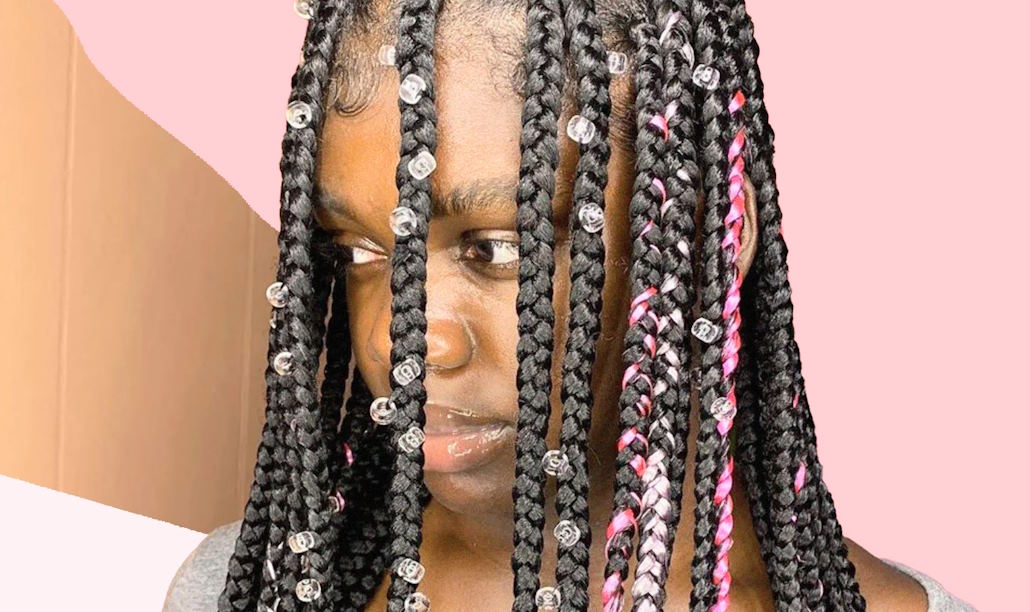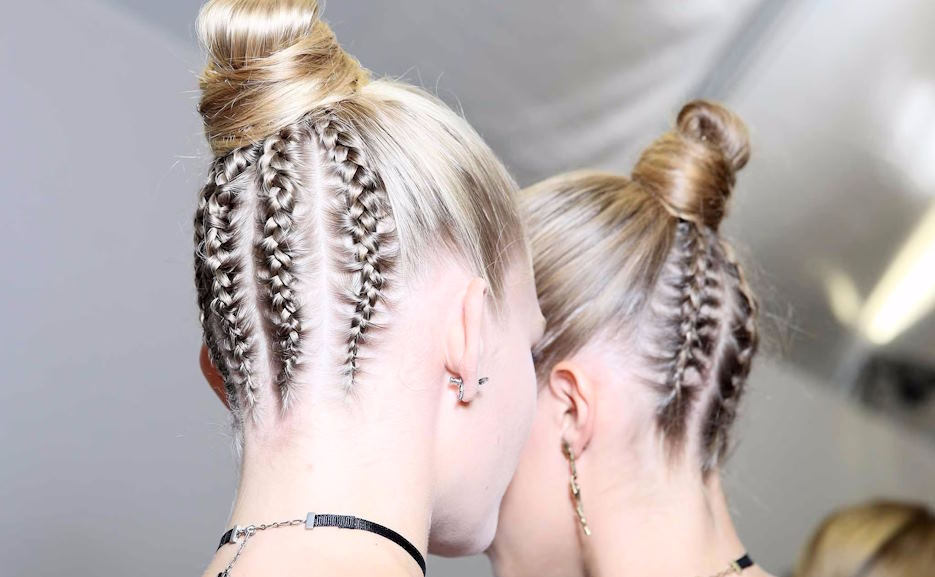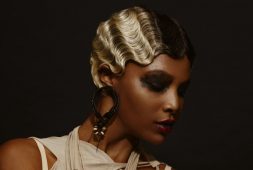
Braids and plaits have long adorned human hair, serving as both practical and artistic expressions across cultures and centuries. These intertwined styles not only hold cultural significance but also provide a canvas for creativity and self-expression. However, despite their widespread use and appreciation, the distinction between different types of braids and plaits often remains unclear.
Techniques and Methods
Different techniques used for braiding hair:
Braiding hair is an art form that encompasses a variety of techniques, each producing unique patterns and textures. From the classic three-strand braid to more intricate styles like fishtail or Dutch braids, the possibilities are endless. The basic technique involves dividing the hair into sections and weaving them together in a pattern, either over or under each other, to create a tight, interwoven design. Advanced braiding techniques may involve incorporating additional strands, twisting sections, or creating elaborate patterns for added flair.
Various methods for creating plaits:
Plaits, also known as braids in some regions, are characterized by their simplicity and uniformity. Unlike braiding, which typically involves weaving hair over and under each other, plaits consist of three or more sections of hair woven together in a straightforward manner. Common plaits include the traditional three-strand plait, the French plait, and the rope plait. While the technique may vary slightly depending on the desired style, the fundamental principle remains the same: weaving strands of hair together in a neat, uniform fashion.

Detailed instructions for both braiding and plaiting hair:
Braiding Hair:
- Start by brushing the hair to remove any tangles and create a smooth texture.
- Divide the hair into three equal sections, holding one in each hand.
- Cross the right section over the middle section, then the left section over the new middle section.
- Continue alternating sides, crossing the outer sections over the middle until you reach the end of the hair.
- Secure the braid with an elastic band or hair tie.
Plaiting Hair:
- Begin by dividing the hair into three even sections.
- Hold one section in each hand and the third section between your teeth or secure it with a clip.
- Cross the right section over the middle section, then the left section over the new middle section.
- Continue weaving the sections together in this manner until you reach the end of the hair.
- Secure the plait with an elastic band or hair tie.
Styling and Versatility
Popular hairstyles incorporating braids:
Braids have long been a staple in hairstyling, offering endless possibilities for creativity and elegance. From casual to formal occasions, there’s a braided hairstyle to suit every mood and event. Popular choices include the classic French braid, fishtail braid, and crown braid. These styles can be adorned with accessories like flowers or ribbons for a whimsical touch or left sleek and polished for a sophisticated look.
Versatility of braids for different hair types and lengths:
One of the remarkable qualities of braids is their adaptability to various hair types and lengths. Whether you have long, flowing locks or a short, cropped cut, there’s a braid that can complement your hair. Braids can also be incorporated into updos, ponytails, and half-up hairstyles, making them suitable for both casual and formal occasions. Additionally, braids can add volume and texture to fine hair or help manage thick, unruly locks, making them a versatile option for all hair types.
Styling options and creativity with plaits:
Plaits offer simplicity and elegance, making them a timeless choice for hairstyling. While they may seem straightforward, plaits can be styled in numerous ways to suit different preferences and occasions. From a sleek and polished three-strand plait to a bohemian-inspired Dutch braid, the options are endless. Plaits can also be combined with other hair techniques, such as twists or knots, to create intricate and unique styles. Whether you’re looking for a casual everyday look or a statement hairstyle for a special event, plaits offer endless possibilities for creativity and expression.






